In a photovoltaic (PV) system, the inverter is absolutely indispensable. This vital part of the setup transforms the direct current (DC) derived from the PV modules into usable alternating current (AC) that can be tapped by either an electrical grid or local loads. Moreover, it takes charge of maximum power point tracking (MPPT), a process launched to reach peak power output and ensure that the PV system is running as it should.
In the past, PV inverters were rather bulky and costly, plus not particularly efficient. But since then, technology has advanced considerably, and such inverters have been miniaturized and become more affordable while increasing their effectiveness.
When it comes to Photovoltaic (PV) inverters for residential and small commercial PV systems, the string inverter is the most popular choice. With this type of inverter, multiple PV modules are linked together in series to transform Direct Current (DC) to Alternating Current (AC). This newly-generated AC power then gets injected into the electrical grid.
Sitting on the side of your building or atop a sturdy pole, string inverters are a useful addition to your solar array. With one of these installed, you’ll be able to keep an eye on your PV system’s performance via a dedicated monitoring system. Real-time data allows you to adjust things as needed and the system can even alert you if issues arise.
For massive solar energy projects, central inverters are the go-to; these are much bigger than string inverters and are normally placed somewhere central, such as an electrical room. Generally, they are used for installations on systems comprising of hundreds of photovoltaic modules and most often paired with a solar energy monitoring system.
When constructing a PV system, there is a vital task of selecting an inverter of the correct size and features. Fortunately, PV inverters come in multiple voltage and power variants, suitable for both grid-linked and unconnected installations. It is essential to select the right one for your purpose to guarantee optimal efficiency.
The ability of a PV inverter to convert DC power to AC power with minimal loss is impressive, with efficiency generally ranging from 95% to 99%. However, the conversion itself is not always flawless, as one’s inverter size, type, and overall operating conditions all play a huge role in determining the amount of power that is lost.
To power your PV system, you require an inverter. This device comes in numerous sizes, and the size you will need corresponds to the capacity of your solar-operated setup. In other words, the more your PV system offers, the larger the inverter will be necessary.
When considering which inverter power level is right for you, it is important to consider two factors; the magnitude of your PV system and the potential wattage you want to generate from it. In most cases, larger photovoltaic systems call for higher power output levels.
For PV systems that are connected to the electrical grid, a grid-connected inverter is the way to go. These are the most popular type used in residential and small commercial scenarios. If the system isn’t connected to the grid, then an off-grid inverter is the optimal solution, typically used in larger systems situated in more remote locations.
Choosing the right inverter for your photovoltaic (PV) system should depend on what features best suit your needs. There are several choices to consider, such as:
Some inverters boast a maximum power point tracking (MPPT) function, making it possible to ensure the photovoltaic system performs at its peak capacity. By implementing this feature, the overall output of the energy system is at its highest level.
Harnessing the sun’s energy is a great alternative to traditional sources such as gas and coal. Solar PV systems are the perfect choice for this task, converting solar irradiance into usable electricity for various applications. The conversion process cannot happen without an inverter – an invaluable device that changes DC power from photovoltaic panels into AC that is accepted by the grid. From a few hundred watts for small systems to several kilowatts for commercial operations, inverters are available in a wide variety of sizes and levels of power. They can be used in both on-grid and off-grid setups, so it’s essential to select one that matches the scale of your project and upholds your needs.
Post time: 2023-06-12
Related Product
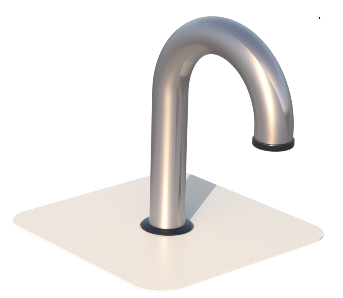
PV support KITS
What is Cable conduit? A metal protective tube with certain mechanical strength laid on the outer layer of the cable to prevent the cable from being damaged Cable threading […]
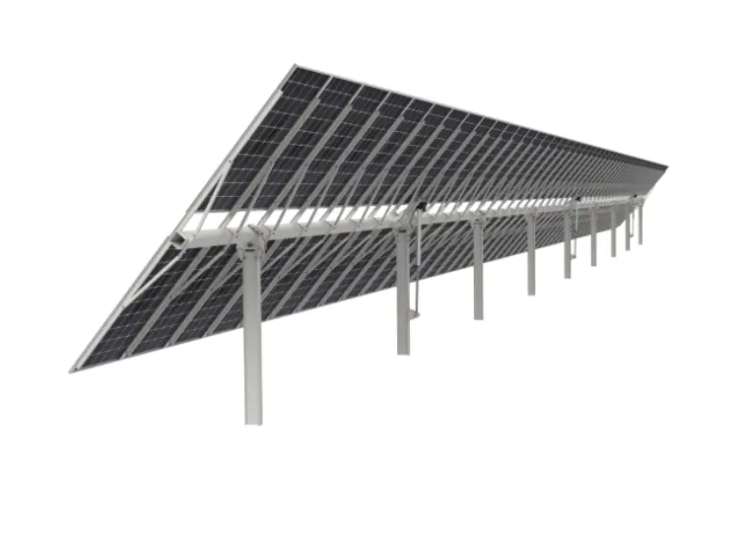
PV bracket tracking system
Ground tracking photovoltaic support Fully adapt to 210 major components The product has been tested in CPP wind tunnel Use AI algorithm to optimize tracking mode Irregular land is […]
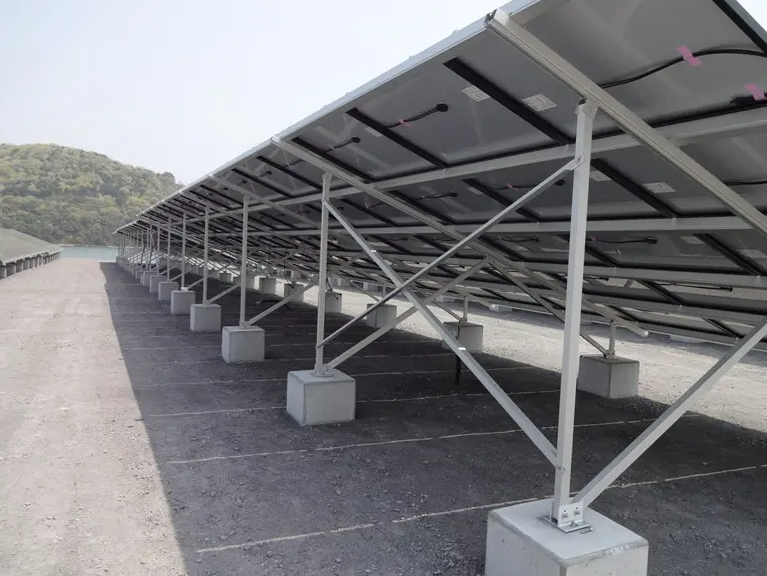
GROUND MOUNT PV Support
Placement position Ground Applicable component type Framed or frameless solar panels of various sizes Raw materials of support aluminium alloy Installation angle According t […]
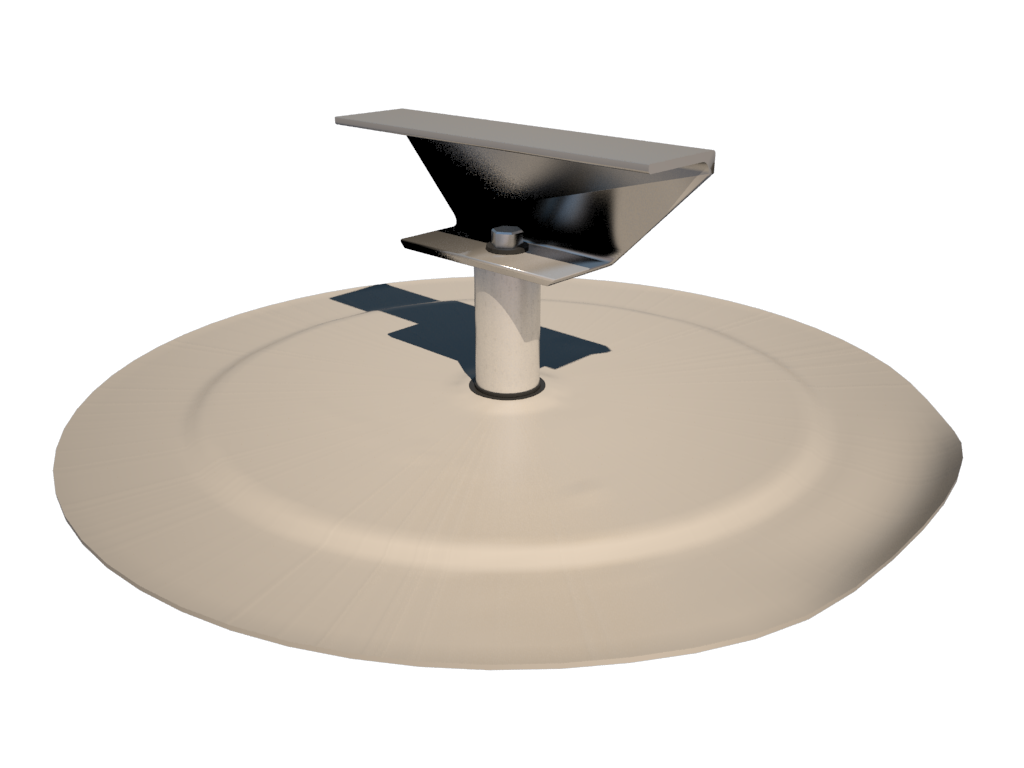
PV bridge support
Features of PV bridge support products: Strong resistance to negative wind pressure, good stability, strong bearing capacity and strong lateral tensile capacity; Easy and fast ins […]

Solar panel
PV Kits for fields, flat and pitched roofs The kit using photovoltaic support system is critical to photovoltaic support, including wind calculation speed, order picking speed and […]
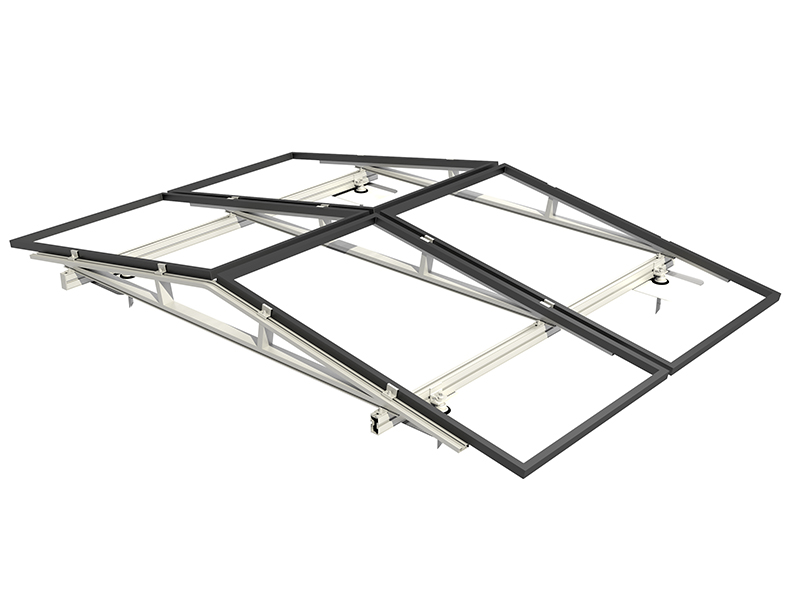
Inclined roof photovoltaic support
V support system for inclined roof The inclined roof installation system is suitable for all kinds of inclined roofs. According to the roof bearing capacity and waterproof requirem […]
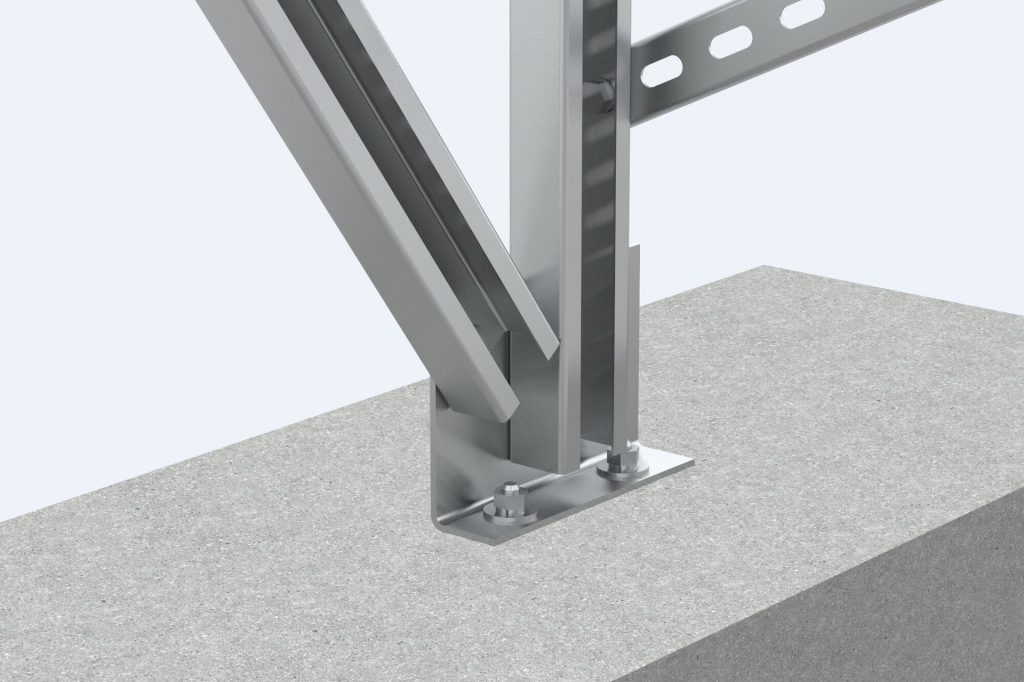
Flat roof photovoltaic support
Flat roof photovoltaic support Analysis of installation and construction problems of flat roof photovoltaic power station The external roof system on the roo […]
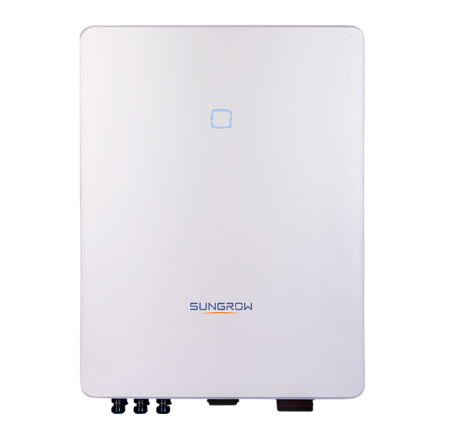
PV inverter
PV inverter (PV inverter or solar inverter) can convert variable DC voltage generated by photovoltaic (PV) solar panel into AC inverter of mains frequency, which can be fed back to […]
